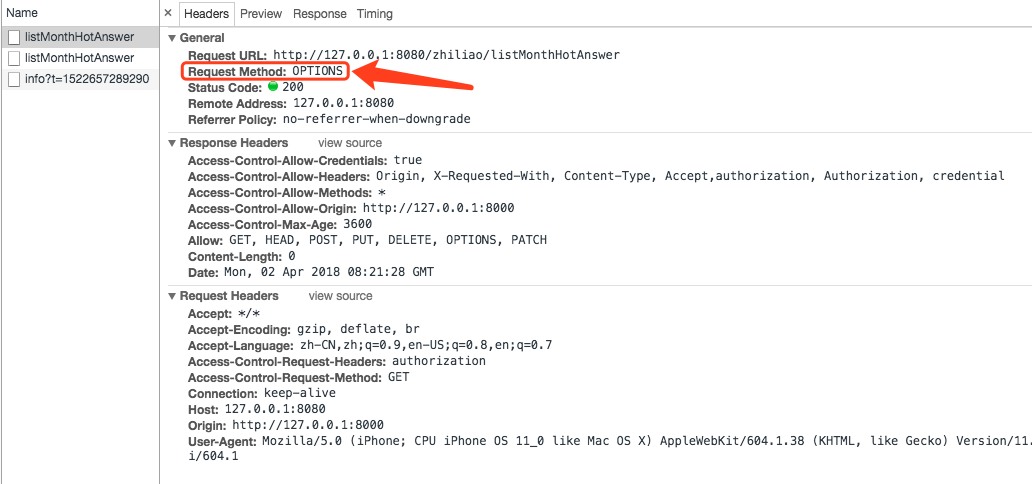1
2
3
4
5
6
7
8
9
10
11
12
13
14
15
16
17
18
19
20
21
22
23
24
25
26
27
28
29
30
31
32
33
34
35
36
37
38
39
40
41
42
43
44
45
46
47
48
49
50
51
52
53
54
55
56
57
58
59
60
61
62
63
64
65
66
67
68
69
70
71
72
73
74
75
76
77
78
79
80
81
82
83
84
85
86
87
88
89
90
91
| Ooops.
____/ ( ( ) ) \___
/( ( ( ) _ )) ) )\
(( ( )( ) ) ( ) )
((/ ( _( ) ( _) ) ( () ) )
( ( ( (_) (( ( ) .((_ ) . )_
( ( ) ( ( ) ) ) . ) ( )
( ( ( ( ) ( _ ( _) ). ) . ) ) ( )
( ( ( ) ( ) ( )) ) _)( ) ) )
( ( ( \ ) ( (_ ( ) ( ) ) ) ) )) ( )
( ( ( ( (_ ( ) ( _ ) ) ( ) ) )
( ( ( ( ( ) (_ ) ) ) _) ) _( ( )
(( ( )( ( _ ) _) _(_ ( (_ )
(_((__(_(__(( ( ( | ) ) ) )_))__))_)___)
((__) \\||lll|l||/// \_))
( /(/ ( ) ) )\ )
( ( ( ( | | ) ) )\ )
( /(| / ( )) ) ) )) )
( ( ((((_(|)_))))) )
( ||\(|(|)|/|| )
( |(||(||)|||| )
( //|/l|||)|\\ \ )
(/ / // /|//||||\\ \ \ \ _)
-------------------------------------------------------------------------------
Node: ubuntu
-------------------------------------------------------------------------------
Traceback (most recent call last):
File "/home/ubuntu/.local/lib/python3.5/site-packages/flask/app.py", line 1982, in wsgi_app
response = self.full_dispatch_request()
File "/home/ubuntu/.local/lib/python3.5/site-packages/flask/app.py", line 1614, in full_dispatch_request
rv = self.handle_user_exception(e)
File "/home/ubuntu/.local/lib/python3.5/site-packages/flask/app.py", line 1517, in handle_user_exception
reraise(exc_type, exc_value, tb)
File "/home/ubuntu/.local/lib/python3.5/site-packages/flask/_compat.py", line 33, in reraise
raise value
File "/home/ubuntu/.local/lib/python3.5/site-packages/flask/app.py", line 1612, in full_dispatch_request
rv = self.dispatch_request()
File "/home/ubuntu/.local/lib/python3.5/site-packages/flask/app.py", line 1598, in dispatch_request
return self.view_functions[rule.endpoint](**req.view_args)
File "/home/ubuntu/.local/lib/python3.5/site-packages/flask_admin/base.py", line 69, in inner
return self._run_view(f, *args, **kwargs)
File "/home/ubuntu/.local/lib/python3.5/site-packages/flask_admin/base.py", line 368, in _run_view
return fn(self, *args, **kwargs)
File "/home/ubuntu/.local/lib/python3.5/site-packages/flask_login.py", line 755, in decorated_view
return func(*args, **kwargs)
File "/home/ubuntu/.local/lib/python3.5/site-packages/airflow/utils/db.py", line 74, in wrapper
return func(*args, **kwargs)
File "/home/ubuntu/.local/lib/python3.5/site-packages/airflow/www/views.py", line 2061, in index
auto_complete_data=auto_complete_data)
File "/home/ubuntu/.local/lib/python3.5/site-packages/flask_admin/base.py", line 308, in render
return render_template(template, **kwargs)
File "/home/ubuntu/.local/lib/python3.5/site-packages/flask/templating.py", line 134, in render_template
context, ctx.app)
File "/home/ubuntu/.local/lib/python3.5/site-packages/flask/templating.py", line 116, in _render
rv = template.render(context)
File "/home/ubuntu/.local/lib/python3.5/site-packages/jinja2/environment.py", line 989, in render
return self.environment.handle_exception(exc_info, True)
File "/home/ubuntu/.local/lib/python3.5/site-packages/jinja2/environment.py", line 754, in handle_exception
reraise(exc_type, exc_value, tb)
File "/home/ubuntu/.local/lib/python3.5/site-packages/jinja2/_compat.py", line 37, in reraise
raise value.with_traceback(tb)
File "/home/ubuntu/.local/lib/python3.5/site-packages/airflow/www/templates/airflow/dags.html", line 18, in top-level template code
{% extends "airflow/master.html" %}
File "/home/ubuntu/.local/lib/python3.5/site-packages/airflow/www/templates/airflow/master.html", line 18, in top-level template code
{% extends "admin/master.html" %}
File "/home/ubuntu/.local/lib/python3.5/site-packages/airflow/www/templates/admin/master.html", line 18, in top-level template code
{% extends 'admin/base.html' %}
File "/home/ubuntu/.local/lib/python3.5/site-packages/flask_admin/templates/bootstrap3/admin/base.html", line 74, in top-level template code
{% block tail_js %}
File "/home/ubuntu/.local/lib/python3.5/site-packages/airflow/www/templates/admin/master.html", line 44, in block "tail_js"
xhr.setRequestHeader("X-CSRFToken", "{{ csrf_token() }}");
File "/home/ubuntu/.local/lib/python3.5/site-packages/flask_wtf/csrf.py", line 47, in generate_csrf
setattr(g, field_name, s.dumps(session[field_name]))
File "/home/ubuntu/.local/lib/python3.5/site-packages/itsdangerous/serializer.py", line 166, in dumps
payload = want_bytes(self.dump_payload(obj))
File "/home/ubuntu/.local/lib/python3.5/site-packages/itsdangerous/url_safe.py", line 42, in dump_payload
json = super(URLSafeSerializerMixin, self).dump_payload(obj)
File "/home/ubuntu/.local/lib/python3.5/site-packages/itsdangerous/serializer.py", line 133, in dump_payload
return want_bytes(self.serializer.dumps(obj, **self.serializer_kwargs))
File "/home/ubuntu/.local/lib/python3.5/site-packages/itsdangerous/_json.py", line 18, in dumps
return json.dumps(obj, **kwargs)
File "/usr/lib/python3.5/json/__init__.py", line 237, in dumps
**kw).encode(obj)
File "/usr/lib/python3.5/json/encoder.py", line 198, in encode
chunks = self.iterencode(o, _one_shot=True)
File "/usr/lib/python3.5/json/encoder.py", line 256, in iterencode
return _iterencode(o, 0)
File "/usr/lib/python3.5/json/encoder.py", line 179, in default
raise TypeError(repr(o) + " is not JSON serializable")
TypeError: b'5e36be93294a6fea65a4c81571388241b1667fca' is not JSON serializable
|
